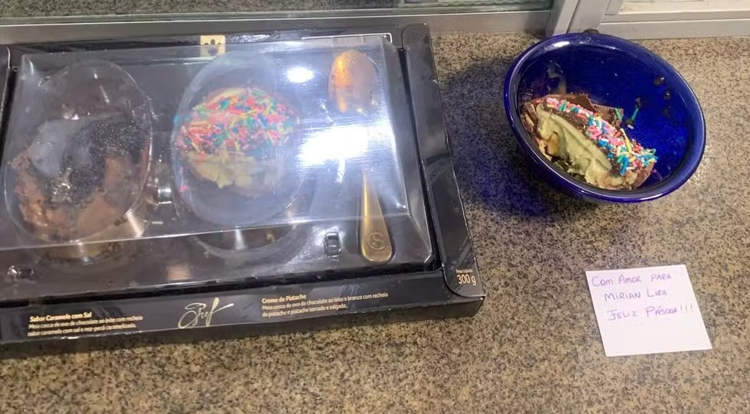Artist Jennifer Trask creates sculptures that are so delicate, it’s easy to mistake them for paper. But they’re actually made of bones. I’m seriously awe-struck at how she can convert something as hard and dry as bone into such exquisite works of art.
Some of the petals carved by Jennifer are so thin and frail, they would be instantly pulverized if you touched them. Her complex pieces contain several motifs – delicate florals and mythical creatures surrounded by vines and curls, cleverly laced with gold and other found objects dating back to the 18th century. They usually form wearable pieces like pendants, necklaces, and brooches, or wall art.
The New York based artist, who received an MFA from SUNY at New Paltz, has a very philosophical reason behind choosing bones as her preferred medium. “As the ultimate expression of both physical sensation and emotional sentiment (e.g. ‘I feel it in my bones’), bone is the absolute reductive essence of both life, and death,” she said. “Initially made of living cells, evolving, incorporating evidence of how we lived, the material itself embodies a latent narrative.”
“Bones linger, sometimes discovered centuries later. While bones seem permanent, they evolve like any cell with an assigned function, bone will break down and re-form, and incorporate evidence of what we ate, how we worked, injuries, traumas, illnesses, and environmental conditions during our lifetime. Lead, copper and iron, among other metals, bind to our bones as obscure mementos of our experiences.”
Jennifer is undoubtedly a master craftsman – it isn’t easy to work with bone and transform it into such stunning, realistic pieces. She needs to know things like how to cure deer antlers and what kind of vinegar solution will make a python’s ribs malleable. But in spite of being knowledgeable in these matters, Jennifer says her goal is simple. “I want to make something I believe could be real, something that could have happened on its own.”
And that’s exactly what she does. Jennifer’s bone-flowers are so life-like, you could mistake them for the real thing if they weren’t all white. The secret, she says, lies in observation. “My imagery is derived from my examination of the structures of plant and animal life, from the plainly visible down to microscopic patterns of growth in nature.”
In this process, Jennifer said she discovered a system of rigid elemental principles, with a remarkably vast potential for invention or adaptation. “Each of the pieces fit into one of three powers of magnitude; hand-sized (10-1), cellular (10-5 to 10-8), or atomic scale (10-10).
The Lisa Sette Gallery in Scottsdale, Arizona, described her work as having “sprouted from an enchanted seed.” They said that Trask’s objects emit an unmistakable air of magic. Jennifer herself called her art “neither baneful nor benign.” She said that it was intended to mirror our complex relationship to our own nature, and the peculiar concept of our separateness, of dominion over nature.
Well, that’s some pretty heavy stuff, most of which I don’t really get. I’m quite content at admiring her amazing bone-sculptures for what they are – simply out of this world!
Photos: Jennifer Trask
via Beautiful Decay














